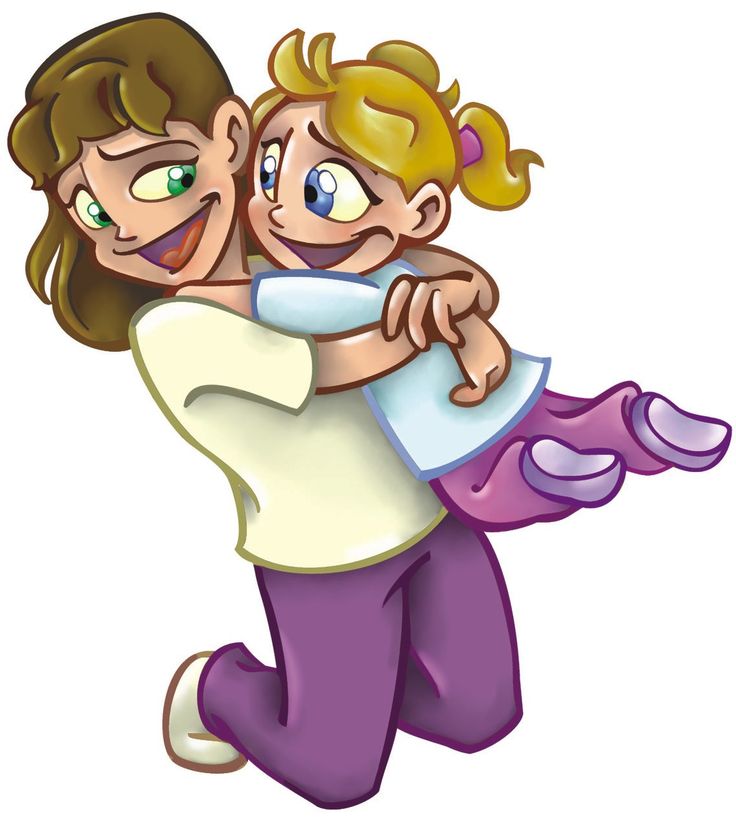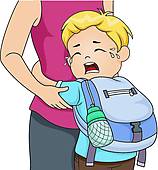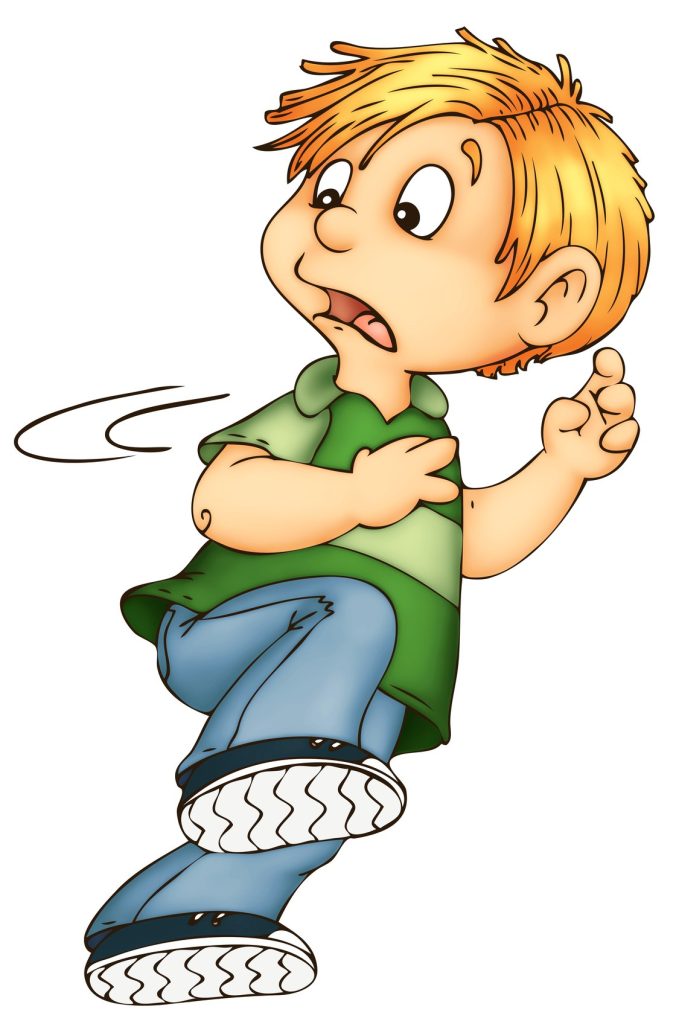Extensive research has identified four main types of attachment relationship[1][2].

A Secure attachment relationship is recognised in those children who use their attachment figure as a safe base and source of feelings of wellbeing from which to launch into the world and explore without undue anxiety. When these children are distressed during the early developmental period, they are easily soothed by reunion with their attachment figure and soon launch back into the world again. They check back in with their attachment figure at longer and longer intervals, thereby increasing their tolerance of separation and distance from their attachment figure.
An Insecure Avoidant attachment relationship is recognised in those children who do not consistently use their attachment figure as a safe base and source of feelings of wellbeing from which to launch into the world. When these children are distressed during the early developmental period they are not readily soothed by reunion with or closeness to their attachment figure. Their exploration of, and interaction with, their environment/world is limited by the restricting and debilitating effects of unresolved distress, which arises from their tendency to not seek relief from distress from their attachment figure. Though they may appear self-reliant, they are in-fact highly anxious.


An Insecure Ambivalent attachment relationship is recognised during the early developmental period in those children for whom closeness to or reunion with their attachment figure is not sufficiently comforting or reassuring for them that they can launch back into their world and tolerate separations. As a result, they appear preoccupied with maintaining closeness to their attachment figure and might be observed to be clingy and/or demanding. As is observed with insecure avoidant children, their exploration of, and interaction with, their environment/world is limited by the restricting and debilitating effects of unresolved distress, which arises from their inability to draw comfort from the presence of, and interaction with, their attachment figure.
A relatively small group of children develop what is referred to as a Disorganised attachment relationship towards an attachment figure. A Disorganised attachment relationship is recognised during the early developmental period in children who show contradictory behaviour towards their attachment figure. They might be observed to need their attachment figure, as all children do, but also appear as though they want to create distance from that person. They might be observed to approach their attachment figure, only to stop and look away before full reunion occurs. They may also seek to be held but do not orient to their attachment figure from the lap. As is observed with insecure children, their exploration of, and interaction with, their environment/world is limited by the restricting and debilitating effects of unresolved distress. However, unlike insecure children, their attachment figure is likely to have been the source of their fear and distress.

Reflection:
In consideration of the four main types of attachment relationships, what type of attachment do you think the child or young person you care for or work with maintains toward each of the significant adults in their life?
Click here to enter the next page.
Click here to purchase the PDF Handbook for this self-paced learning module.
[1] Ainsworth, M., Blehar, M., Waters, E. and Wall, S. (1978) Patterns of Attachment: A Psychological Study of the Strange Situation. New Jersey: Laurence Erlbaum and Associates.
[2] Main, M. and Solomon, J. (1990) ‘Procedures for identifying infants as disorganised/disoriented during Ainsworth strange situations’. In M.T. Greenberg, D. Cicchetti and E.M. Cummings (eds) Attachment in the pre-school years: Theory, Research, and Intervention (pp 121-160). Chicago: University of Chicago Press
